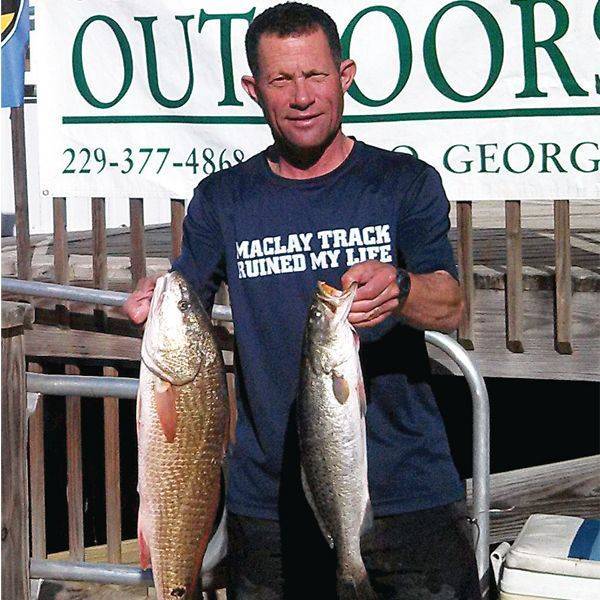If you approach 10 different anglers on the water and ask each why they chose the particular spot they’re on, 9 of the 10 will give you the same answer:
“Leave me alone, jerk; I’m trying to fish here.”
However, the 10th one, being more obliging, speaks for all of them in replying that he picked that spot based on having caught fish there before. Most of us are drawn to revisit water that has coughed up keepers on past trips. That’s a perfectly defensible rationale, but what to do if we come up empty after a few dozen casts? Stay put or boogie? To answer, I must trot out the obligatory philosophy essay question response: It depends!
What it generally depends on is the likelihood that this unproductive site will eventually fill up with hungry fishies. More specifically, it depends on some potentially changing factors like water temperature, tidal flow, and overhead conditions. Want a really, REALLY specific example?
Here goes:
My favorite tidal creek is the northern stretch of Stoney Bayou, which narrows and then bends snakelike towards the main water control structure on Deep Creek levee, in the St. Marks National Wildlife Refuge. I fished it twice in the span of two weekends last month, with wildly different results, albeit under similar tidal conditions. On the first weekend, winter’s chill was still gripping the Refuge. A drab, sullen sky teamed with a shivery north wind to impose a double whammy. At just under 55 degrees, the water temperature suited neither the baitfish nor – apparently – their predators. After thirty fruitless minutes, I finally got…a banana from my backpack. No fish strikes, though. With the tide about to turn from ebb to a meager rise, I needed to quickly decide whether to hope for an arrival of reds and trout on the wimpy approaching tide, or to search for warmer waterways.
I opted to boogie. You could assume this decision was based on careful calculations: an absence of baitfish, combined with frigid creek water that was about to receive incoming tide reinforcements of flats brine devoid of solar heating, does not add up to an inviting layover for inshore species. Or you could guess that I was soggy and cold, and departed to warm up. Same result: once back on the levee, I dried off and went in search of the first nearby creek that was temperate enough to hold mudminnows. It turned out that Deep Creek, a mere 1.5 degrees warmer (due to a few small adjacent springs), yielded me a bucket of netted baitfish, and just enough redfish and trout action to save the day.
Skip forward eight days. A few afternoons of teasing sunshine nudged the Stoney Bayou water temp up two degrees. I tested precisely the same area at the end of low tide, with no action. But mullet and mudminnow swirls dimpled the shoreline, and bright sun promised a warm incoming flow. Less than an hour later, my rising tide stringer looked like a seatrout bidding war, with hookups of 16, 16.5, 18, 18.5, and 19.5 inches.
It was so rewarding that had some jerk approached and asked why I was fishing there, I might have obliged.


